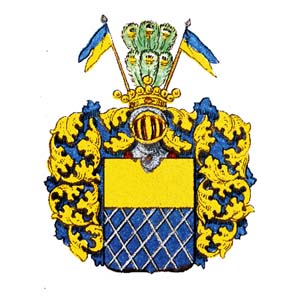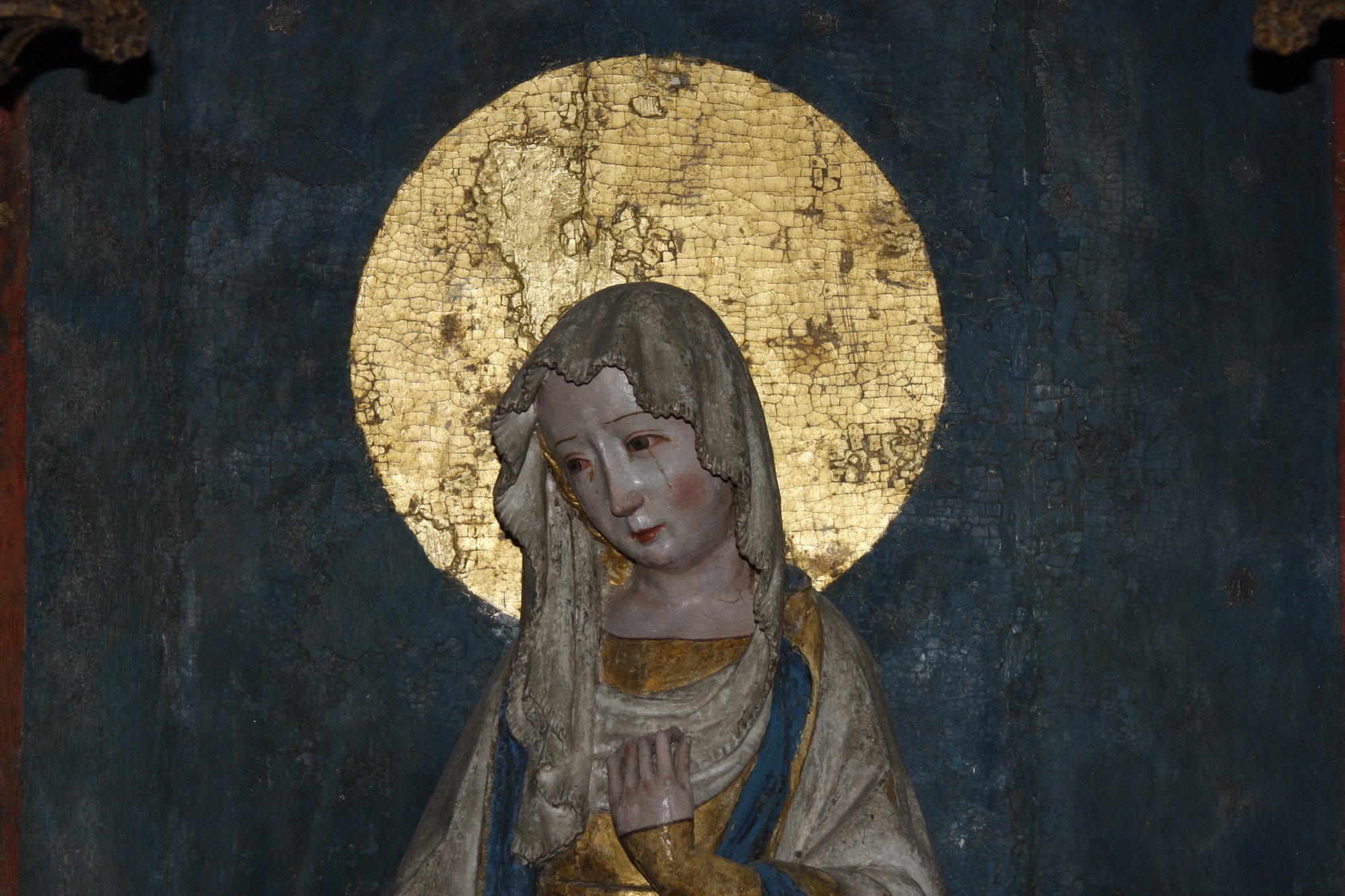Gotland had during hundreds of years been a connecting link between Swedish, Danish, and German trading interests.
German tradesmen soon became predominant, since they among other things had more efficient merchant ships. The districts of eastern Uppland, Södermanland, Östergötland, and north-east Småland (at this time Sweden did not exist) were gradually incorporated into a European, mainly German, community that was becoming of great importance in trade, industry, and society. Most important was the fact that inherited laws were governed by the rules of “birthright and undivided inheritance.” This was not the case in other parts of the Nordic countries.
Söderköping became a significant trading center, which was important for the functioning of Askeby abbey.
The provinces became organized, the church and the abbeys were incorporated within the country organization, the saviour families were exempted from taxes and military armour services in 1280. Several organized towns were established in this area at that time. These were towns, e.g. Linköping in 1287, that partly have remained intact until today, unlike other parts of Sweden.
The cultivated land was owned by the Crown, the church and the nobility, during the 12th century of dynasties like the House of Folkunga-Erik, but above all, the House of Sverker.
During the 13th century, new noble families entered the scene. The most interesting person within our area, and even at national level, was the alderman and lawman from Värend, Nils Sigfridsson, founder of House of Natt och Dag. He had visited the Holy Land, been active within the Olof-cult, had (probably) visited Nidaros in Trondheim, and more. He regarded all societal functions from a Christian point of view, and nominated Askeby abbey in 1229 as his family’s funeral home. The fact that many well-known noble relatives, in various ways, wanted to prove their relationship was of great benefit for Askeby abbey.
The estate operation was gradually changing. The cultivated land was split up in villages where the homesteads were operated by peasants that paid various fees to landowners, the King, saviours, or bishops. This form of agriculture was applied during several hundreds years. Peasants had their rights and obligations governed by the legislation within each province.

During the 14th century, all Nordic countries were stroke by an agrarian crisis, partly originating from an ecological crisis. This resulted in diseases and plagues, the worst one lasted from 1360 until -69, and reappeared several hundreds years to come. Goods and cultivated land were even more split up during the 14th-16th centuries. The House of Natt och Dag is, second to the House of Bielke, a house of pure Swedish origin, and whose generations can be identified from the earliest of these days. Medieval houses of great men whose generations are dated back to the Knight of Nils Sigfridsson, mentioned earliest in 1280, carried the shared blazon. His possible half-brother, Karl Estridsson, carried already in 1281 the very same weapon, making the origin of the weapon somewhat unclear, as with the relationship in the earliest generations. Rasmus Ludvigsson, who is a genealogist of the 16th century, entitled this House as “Day and Night” after their weapon, a shared blazon with the upper part in gold and the lower part in blue.
